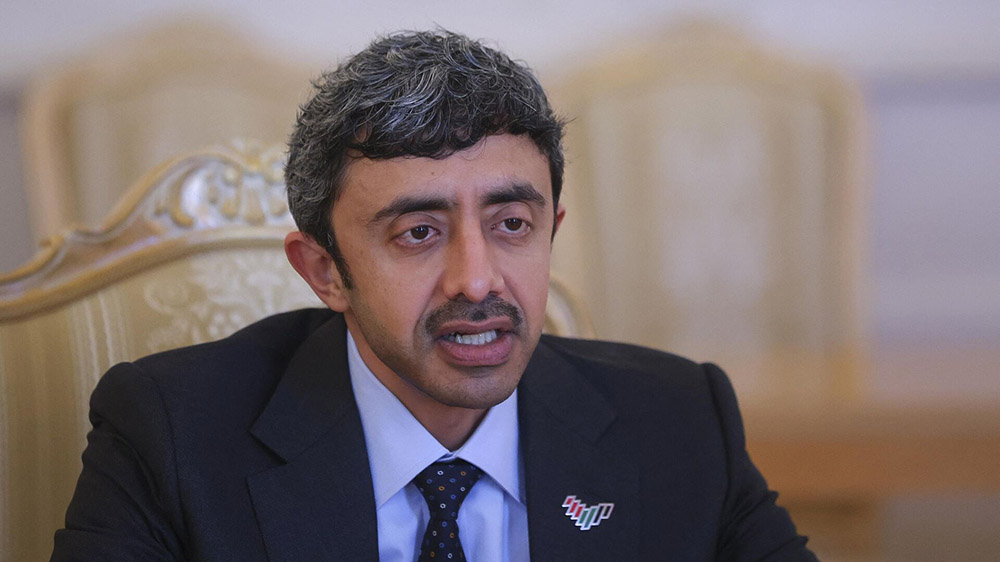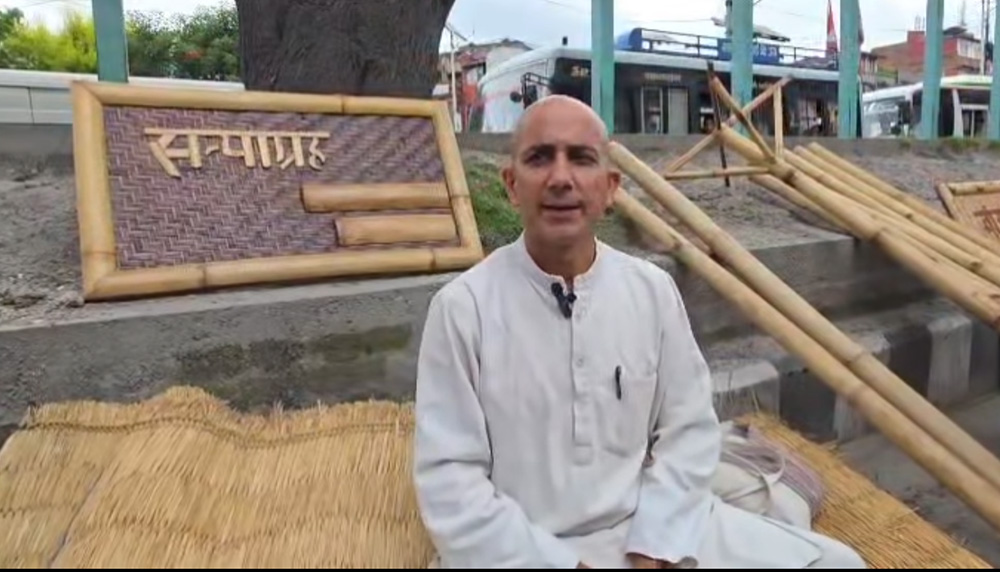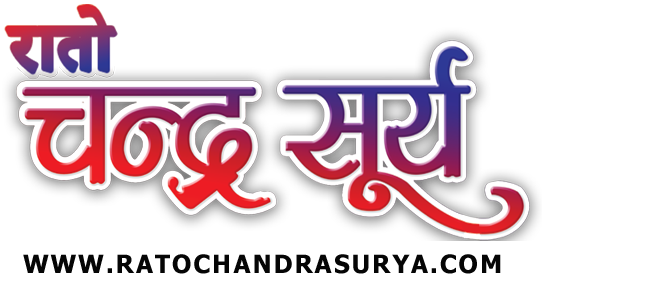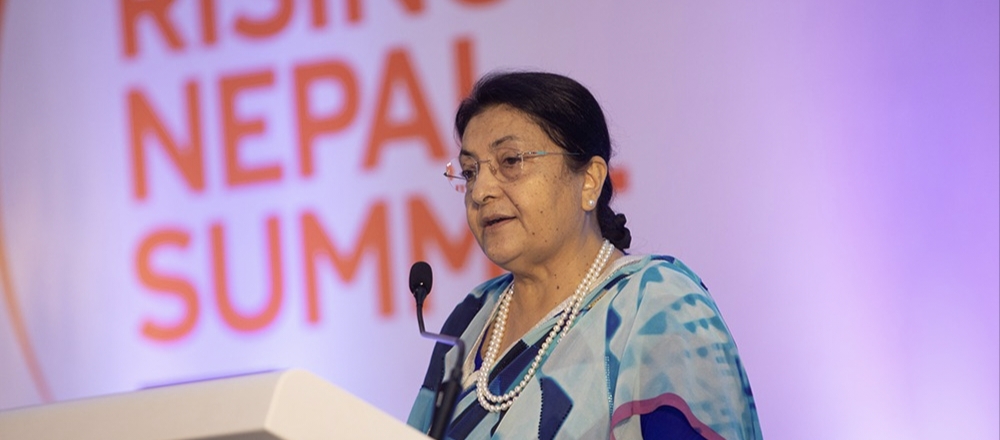
– Saisha Shrestha
It is said that the pen is mightier than the sword. The pen which speaks of Gandhi’s peace and non-violence, Martin Luther’s courage and dream, and Malala’s vision and belief is however a sword too- a double-edged sword. The ability to wield this sword lies in the hands of the user. It is obvious to state that true education results in fruitful gains. Nevertheless, it is when education becomes an accessory; a mere piece of paper, this double-edged sword does more harm than good. It robs us of our time, effort, and money. To master the art of wielding this pen takes time, however, and this explains the growing trend of taking gap years. A gap year, by definition, is a year-long break before university in order to deepen one’s practical, professional, and personal awareness. In Norway, for instance, more than 50 percent of students take a year off before university, according to the Nordic Institute for Studies in Innovation, Research and Education. Most importantly, the positive effect of taking a gap year has been demonstrated in all dimensions of a student’s life. Hence, the social stigma clouding gap years should be addressed and taking a gap year should rather be encouraged.
Firstly, gap years can help in inducing personal awareness and awakening. It can help the students to find themselves and their interests resulting in a deeply invested university-to-career future as opposed to going to university directionless, just to conform to the societal expectations. This is supported by the fact that gap year students are perceived to be ‘more mature, more self-reliant, and independent’ than non-gap year students. As gap year students can apply their gained knowledge to relevant experiences and studies, it can evoke clarity regarding their career goals and themselves. According to Karl Haigler & Rae Nelson, 60% of the students claimed that this experience either “set me on my current career path/academic major” or “confirmed my choice of career/academic major.”
Secondly, gap years can also help in professional development. Getting field experience will set gap year students apart from the rest and will teach them to work with others, ultimately boosting their EQ (Emotional Quotient). It is reported that students who have taken a gap year are overwhelmingly satisfied with their jobs. Upon further inspection, it was found that this was related to a less-selfish approach to working with people. Similarly, it also helps to develop cross-cultural understanding by meeting new people and expanding one’s network which can aid in building interpersonal skills. 88 percent of gap year graduates report that their gap year had significantly added to their employability (Gap Year Association) thus proving that gap years are a significant tool in professional development
Lastly, gap years are a great tool for bringing practical awareness. It combats academic burnout, re-igniting a sense of curiosity for learning through real-life situations. It takes a student out of “park” and helps to put them into “drive.” In a nutshell, gap years can help to take ownership of one’s life direction.
On the other hand, there could be cons associated with it too. It is believed that students would lose their momentum and interest in studies after a year off. However, it is reported that 90 percent of students who took a gap year returned to university within a year. Moreover, taking a gap year is not perceived in the right way. People believe that to take a gap year is to have failed a year. This is evident with the case of Malia Obama taking a gap year before attending Harvard University which caused a lot of media attention because of how unusual taking a gap year is viewed to be.
In conclusion, taking the time to undertake the gap year that is structured and challenging can help reform a student’s identity and develop positive characteristics. Therefore, the social stigma surrounding gap years must be disregarded. About one-third of college freshmen don’t return to the same institution for a second year. Hence, it is clear as day that gap years can help to build grit, resilience, and tenacity in students which will ultimately help them in the real world.
Sudina Shrestha
प्रकाशित: १३ आश्विन २०८१, आईतवार ०८:४९
ताप्लेजुङको मेरिङ्देन सडक १६ दिनका लागि बन्द

फिल्म जनै हराएको मान्छेको नयाँ गीत ‘मसुरीको दाना’ सार्वजनिक

श्रीमतीको हत्या गरेको अभियोगमा श्रीमान पक्राउ

मोरङ र उदयपुरबाट जबरजस्ती करणी गरेको अभियोगमा पक्राउ

गाजामा युएईले हवाई मार्गबाट सहायता पुन: सुचारु गर्ने

दिक्तेल रुपाकोट मझुवागढीका मेयर शिर मुण्डन गरेर सत्याग्रहमा






